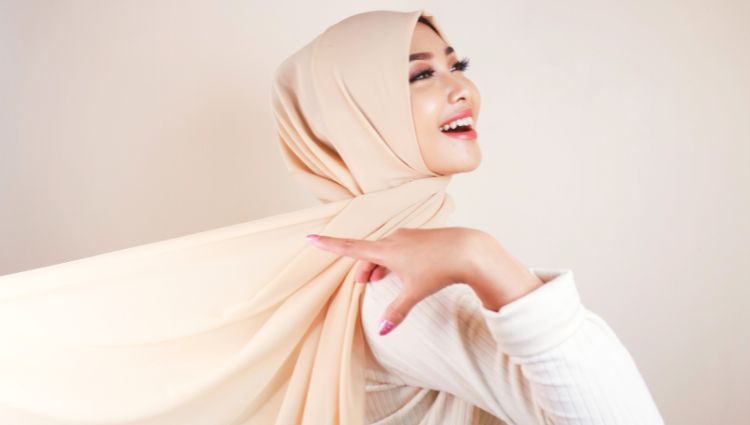
The Future of Arab Beauty Standards
The concept of Arab beauty is often shrouded in stereotypes and generalizations, often misrepresenting the rich and diverse tapestry of cultures and ethnicities present within the Arab world. This article aims to shed light on the complexities surrounding Arab beauty standards, highlighting the ongoing conversations and the evolving definition of what is considered beautiful in the region.
Beyond the Monolith
Firstly, it’s crucial to understand that the Arab world encompasses a vast geographical area spanning 22 countries, each with distinct cultural nuances and unique beauty ideals. To claim a singular “Arab beauty standard” homogenizes these diverse populations and erases the unique features and preferences celebrated within each region.
Traditional Perspectives
While generalizations are dangerous, some commonalities can be observed in traditional beauty ideals across certain parts of the Arab world. These may include:
- Flawless, clear skin: This emphasis on clear skin transcends cultural boundaries and is present in many societies globally. However, it’s important to note that this shouldn’t be interpreted as a preference for lighter skin tones, as beauty is celebrated in all complexions within the Arab world.
- Large, expressive eyes: Eyes are often considered windows to the soul, and their expressiveness is valued in Arab cultures. Almond-shaped eyes with dark lashes are often perceived as aesthetically pleasing.
- Full lips: Full lips are generally considered a sign of beauty across various cultures, and the Arab world is no exception.
Evolution and Nuance
However, it’s crucial to acknowledge that these are just a few examples, and individual preferences and societal norms are constantly evolving. The influence of globalization, social media, and self-expression movements is reshaping beauty standards in the Arab world, as seen in these trends:
- Embrace of Diversity: There’s a growing appreciation for the beauty found in diversity, celebrating features previously considered “flaws” and challenging narrow definitions of beauty.
- Inner Beauty: An increasing focus on inner qualities like confidence, intelligence, and kindness is gaining momentum, recognizing that true beauty lies in the totality of one’s being.
- Individuality and Self-Expression: The concept of beauty is becoming more individualized, with individuals embracing features that make them unique.
Challenges and Looking Forward
Despite these positive strides, challenges remain. The influence of Western beauty standards continues to impact the Arab world, sometimes leading to unrealistic expectations and the pressure to conform. Additionally, colorism, favoring lighter skin tones, persists in some regions.
Moving forward, it’s essential to move beyond generalizations and embrace the rich tapestry of beauty standards within the Arab world. Recognizing the diversity of cultures, valuing individuality, and celebrating inner beauty are crucial steps towards a more inclusive and empowering understanding of Arab beauty.
Here are some famous Arab Beauty who have made significant contributions to the fashion and entertainment industries
1. Haifa Wehbe: Haifa Wehbe is a Lebanese singer, actress, and model. She gained fame in the Arab world for her music career, starring in Egyptian films, and appearances in international fashion magazines.
2. Sofia El Marikh: Sofia El Marikh is a Moroccan singer, actress, and model. She rose to prominence after participating in the first season of the reality TV show “Star Academy Arab World” and has since pursued a successful career in music and modeling.
3. Huda Kattan: Huda Kattan is an Iraqi-American makeup artist, beauty blogger, and entrepreneur. She founded Huda Beauty, a cosmetics brand that has gained global recognition for its innovative products and makeup tutorials.
4. Rania Benchegra: Rania Benchegra is a Moroccan model who has graced the covers of numerous fashion magazines and walked the runway for top designers around the world. She is known for her striking beauty and versatility as a model.
5. Hanaa Ben Abdesslem: Hanaa Ben Abdesslem is a Tunisian model who has worked with major fashion houses such as Chanel, Lanvin, and Jean Paul Gaultier. She is celebrated for breaking barriers as a North African model in the fashion industry.
These are just a few examples of the many talented Arab beauties who have made waves in the fashion and entertainment industries. Their contributions have not only helped redefine beauty standards but have also inspired millions of people around the world.

Comments are closed.